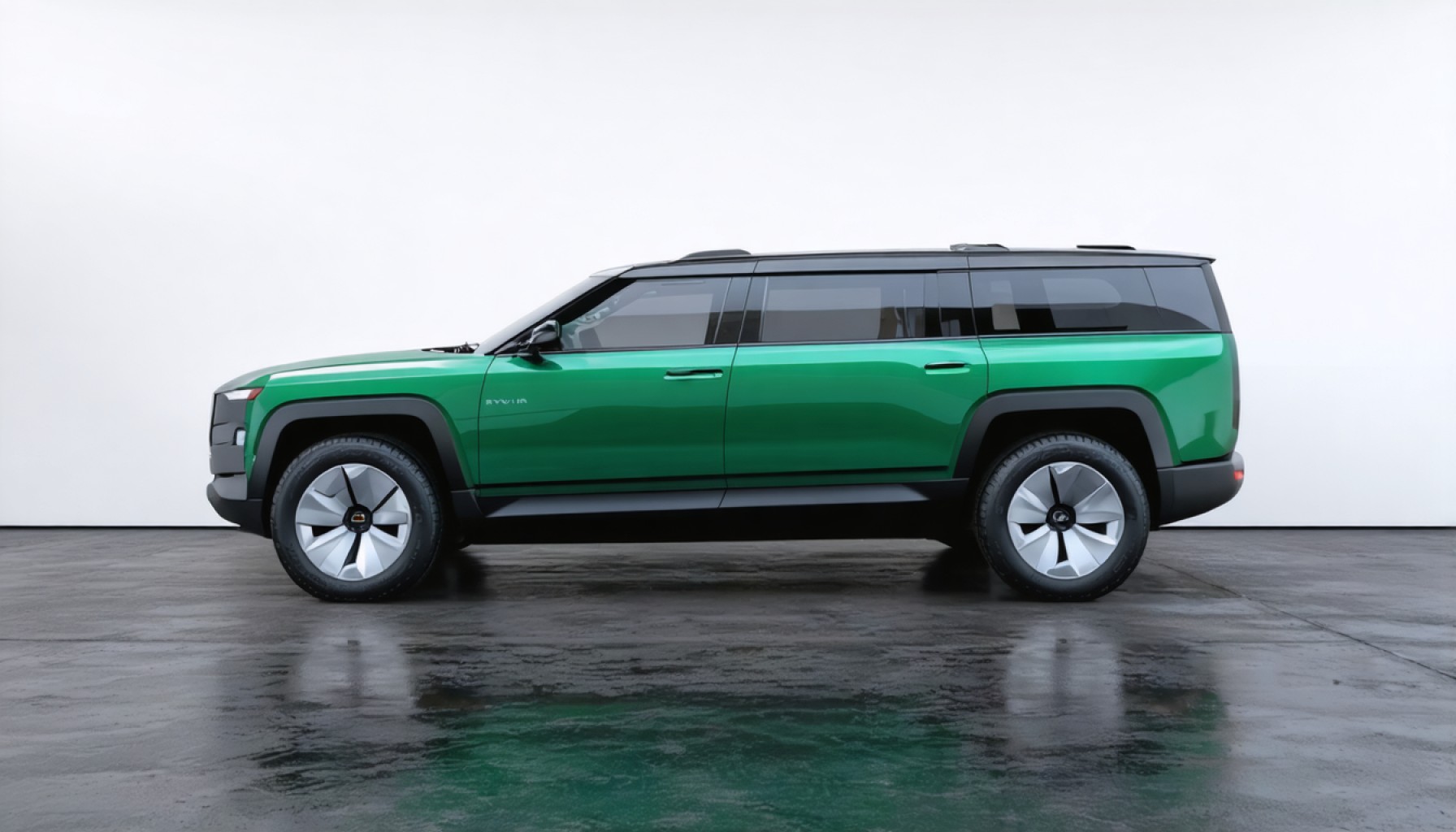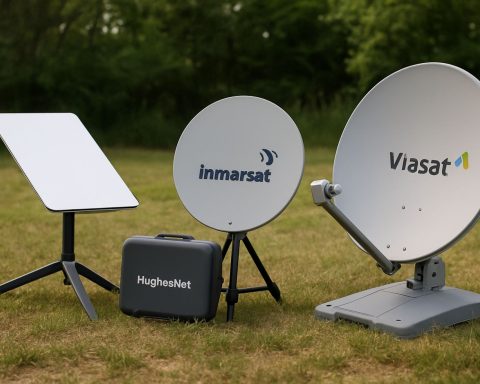- Rivian outperformed expectations by producing 14,600 vehicles and delivering 8,600 in the first quarter.
- The production facility in Normal, Illinois, is key to Rivian’s current and future vehicle output, with plans for the R2 line expansion following a production pause.
- Rivian’s strategic approach includes maintaining momentum and navigating industry uncertainties as competitors struggle.
- Despite a “Hold” rating from Truist Securities analysts, Rivian’s performance and strategic positioning are closely monitored.
- In an industry challenged by Tesla’s setbacks and heightened competition, Rivian’s resilience and adaptability may define its long-term success.
Electric vehicle innovator Rivian is charting a bold course through the ever-turbulent auto industry waters, bolstered by the announcement of their robust first-quarter metrics: producing 14,600 vehicles and delivering 8,600 of them. This performance surpasses initial forecasts, setting a pace that has drawn the interest of market watchers—even as the rest of the EV sector reels from Tesla’s recent delivery shortfall.
Picture the sprawling assembly lines at Rivian’s Normal, Illinois facility, where the hum of machinery underscores a mission of relentless forward motion. Here, sleek R1Ts and R1Ss come to life amid a symphony of engineering precision and innovation—a testament to Rivian’s determined push to fill its inventory before a planned second-half production pause for the much-anticipated R2 line expansion.
Rivian’s strategy, characterized by a blend of cautious optimism and strategic growth, is designed to maintain momentum in a landscape where competitors are experiencing hiccups. The company’s foresight in surpassing their own guidance underscores a calculated edge, equipping them to navigate the anticipated turbulence with confidence. As the wheels keep turning on Rivian’s production floor, they remain an intriguing player in an industry where agility and foresight are paramount.
Though some analysts, like those at Truist Securities, maintain a “Hold” rating on Rivian’s stock—pegged at $14—their eyes remain closely trained on the company’s next strategic moves. Investors and EV enthusiasts are left to ponder: can Rivian’s meticulous planning buffer it against sector-wide headwinds, or will it become yet another tale of ambition versus reality?
With Tesla experiencing a setback and other automakers ramping up competition, Rivian’s proactive approach stands out as a beacon of strategic foresight. One thing is clear: in an electric future surging with opportunities and challenges, Rivian’s resilience and adaptability could well be the keys to its long-term success.
Why Rivian’s Strategic Moves Could Change the Electric Vehicle Industry
Rivian’s Production and Expansion Strategy
Rivian’s recent production metrics have captured the industry’s attention. With 14,600 vehicles produced and 8,600 delivered in the first quarter, Rivian has outpaced its initial forecasts. This marks a significant achievement in a sector where many competitors, including Tesla, are experiencing challenges.
Insights & Predictions
Rivian’s move to produce more vehicles than forecasted highlights a strategic approach centered on agility and market demand responsiveness. The company’s ability to manage production efficiency could position it as a formidable competitor against legacy automakers and new entrants.
How-To Steps & Life Hacks
1. Stay Updated: Regularly monitor Rivian’s investor reports and industry news to keep informed about production and delivery metrics.
2. EV Investment: Consider diversifying your investment portfolio to include companies like Rivian that have demonstrated production efficiency.
Real-World Use Cases
Rivian’s R1T and R1S vehicles are designed for both urban and off-road environments. Their durability and advanced features make them attractive for consumers interested in adventure travel and sustainable lifestyles.
Market Forecasts & Industry Trends
According to industry analysts, the global electric vehicle market is expected to continue growing rapidly over the next decade. Rivian is well-placed to capitalize on this trend with its focus on expanding production capacity and launching the new R2 line.
Security & Sustainability
Rivian emphasizes sustainability in its production chain, using eco-friendly materials and energy-efficient processes. This commitment could further enhance its brand reputation in the growing eco-conscious consumer base.
Reviews & Comparisons
Rivian’s vehicles have received positive reviews for their design, performance, and technology. Comparisons with Tesla suggest that while Tesla leads in software and charging infrastructure, Rivian excels in vehicle durability and all-terrain capabilities.
Controversies & Limitations
Despite its achievements, Rivian faces challenges such as maintaining production momentum and expanding its charging network. These areas are critical for consumer adoption and long-term success.
Pros & Cons Overview
Pros:
– High production capacity and efficiency.
– Strong brand focus on sustainability and innovation.
– Positive consumer reception for current vehicle models.
Cons:
– Competition from established and emerging EV manufacturers.
– Dependence on successful R2 line launch for future growth.
Actionable Recommendations
1. Explore Rivian Vehicles: If you’re in the market for an electric vehicle, consider testing a Rivian model for its unique features and capabilities.
2. Investment Watch: For investors, keep an eye on Rivian’s quarterly reports and industry updates for potential growth opportunities.
3. Sustainability Impact: If sustainability is important to you, support companies like Rivian that integrate eco-friendly practices in their operations.
For more insights into the electric vehicle market, visit Rivian’s official page and stay informed about their latest developments.
By aligning its strategic goals with production efficiency and market trends, Rivian not only secures its place in the EV industry but sets a potential benchmark for others to follow.









